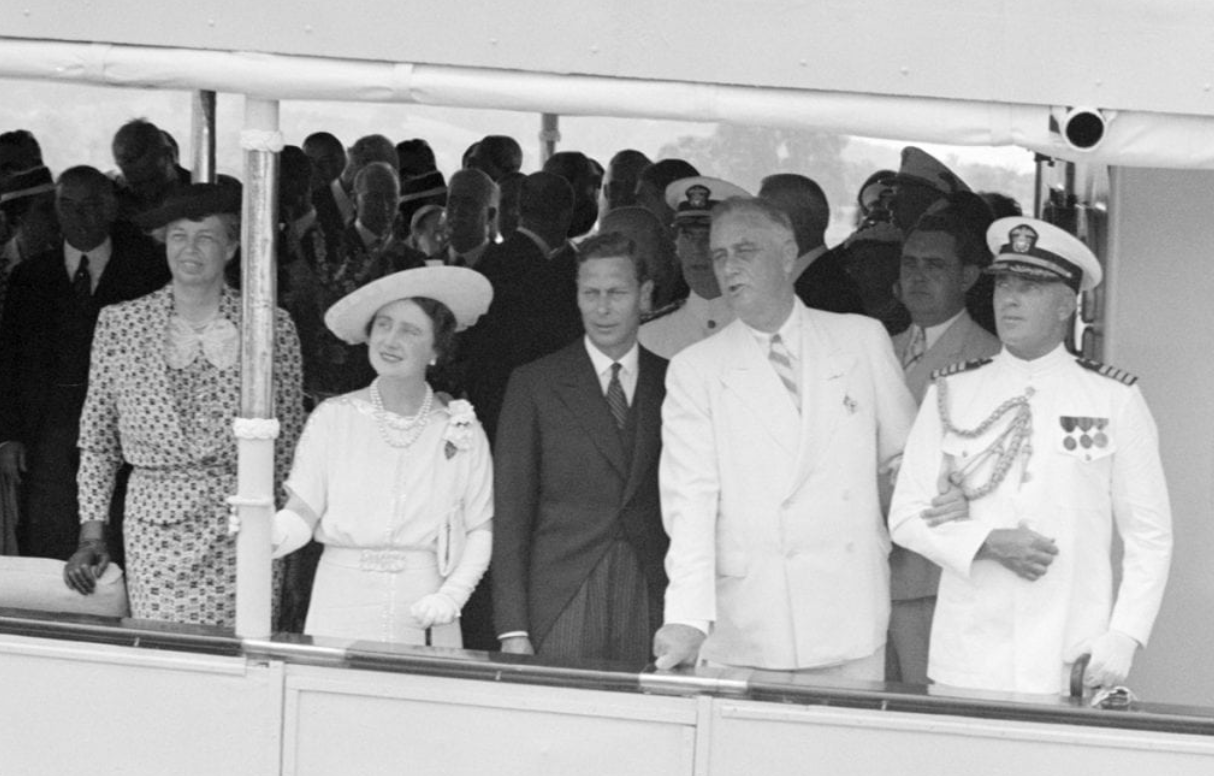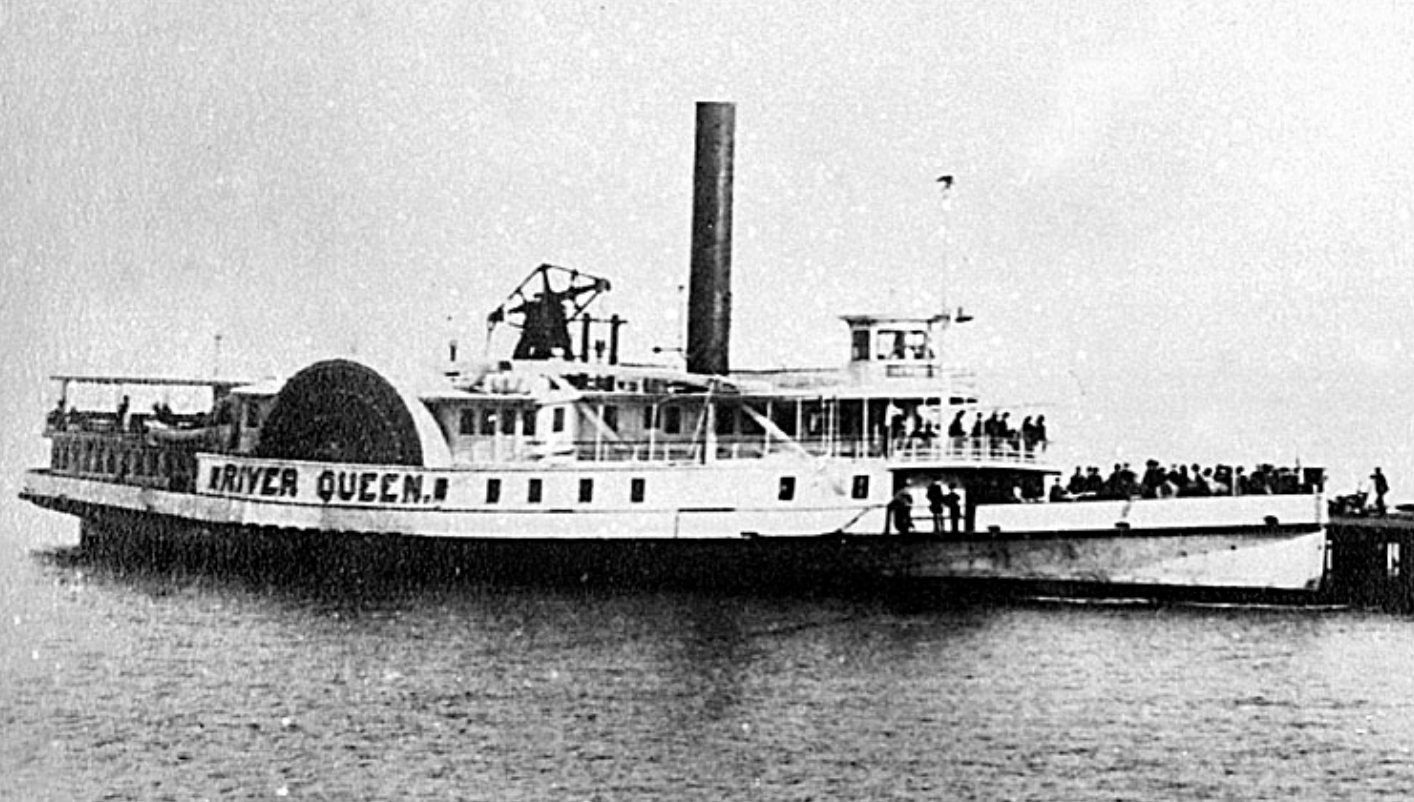Presidents on Yachts
There is a storied history of Presidents on Yachts — including some secrets hidden from the general public. One such example: in 1893, President Grover Cleveland (above) was in a major political battle over repeal of the Sherman Silver Purchase Act. His position was opposed by many in Congress as well as by Vice President Adlai Stevenson, grandfather of the 1950’s presidential candidate bearing the same name. On June 18th, while the debate raged, Cleveland noticed a rough spot on his palate and when the presidential doctor stopped by for a social visit, his quick examination revealed there was a lump. Sending samples to the Army Medical Museum and a consulting doctor at Johns Hopkins Hospital, the diagnosis was a cancerous growth. The doctor reported the finding to President Cleveland adding, “Were it in my mouth, I would have it removed at once!”
Learning that the cancerous tumor had to be removed from his jaw, Cleveland hesitated because he was worried the news of his ill health and surgery would strengthen Stevenson’s position. Under pressure to have the surgery promptly, the President grudgingly consented, but only if the condition and circumstances of surgery be kept secret. That meant he could not be admitted to a hospital because word would be leaked quickly to the press.
Whisked Away
Presidential advisors devised an ingenious plan for the President to take a vacation cruise aboard the ship Oneida, which would sail leisurely up the East River in New York. On June 30th, President Cleveland arrived in New York with some friends for what most people thought was the beginning of a presidential vacation. Already on board, however, was a team of doctors who were secretly escorted to the Oneida hours earlier.
Describing the scene that evening, H. Paul Jeffers, author of An Honest President: The Life and Presidencies of Grover Cleveland, wrote, “Nobody watching from Pier A could have suspected that the president was in New York for a grim purpose. He settled into a deck chair, lit a cigar, and chatted until midnight as though he were a man without a care.”
The ship’s bar had been converted into an operating room, and on the following day, Cleveland underwent the operation while strapped in a barber’s chair. As the Oneida moved along at half speed, a dentist pulled two teeth, and the surgeons removed the entire upper left jaw from the president’s mouth. A rubber prosthesis was fitted to form an artificial jaw that proved undetectable.
Declaring the surgery a success, President Cleveland was on his feet in three days and went ashore unassisted. The conspiracy of silence was so complete that it took nearly a quarter century before a full account of Cleveland’s cancer and surgery was revealed. President Cleveland’s position prevailed over that of his vice president as Congress repealed the silver clauses of the Sherman Act on August 28, 1893.
That historical footnote is one example of the way American presidents have used yachts. Before Camp David offered a president privacy and refuge and long before Air Force One lent itself to presidential travel and decision making, many U.S. presidents used yachts as places to conduct official business, relax with family and friends or conduct secretive negotiations. Although Oneida was not an official presidential yacht, those that were offered presidents the privacy and solitude they needed to make important decisions. What follows are some fascinating details about several presidential yachts and how they were used.
River Queen
While guiding the nation through the pains of a civil war, President Abraham Lincoln, on several occasions, used the River Queen. The steamer was leased by the Quartermaster General War Department from George N. Power at the hefty price of $241 per day. On that vessel, Lincoln held a peace conference with Confederate representatives Vice President Alexander H. Stevens, Senator Robert M.T. Hunter and Assistant Secretary of War John A. Campbell at Hampton Roads on February 3, 1865. At the end of March, Lincoln met with Ulysses S. Grant, William T. Sherman and David Dixon Porter on the River Queen to discuss the end of the Civil War.
Mayflower
Theodore Roosevelt used the Mayflower for diplomacy. Anchored in Oyster Bay, New York, near his Sagamore Hill home, the ship served as a floating negotiation center for delegates to the 1905 conference that ultimately ended the war between Russia and Japan and earned Roosevelt the Nobel Peace Prize. During World War I, President Woodrow Wilson wrote these words from his cabin aboard the 275’ (83.82 m) Mayflower: “A point is reached where I must escape for a little while.” It was essential, he told a daughter, “to get away from the madness… of Washington for a day or two, not to stop work… but to escape people and their intolerable excitements and demands.” Look for Part 2 of our list of presidential yachts.



